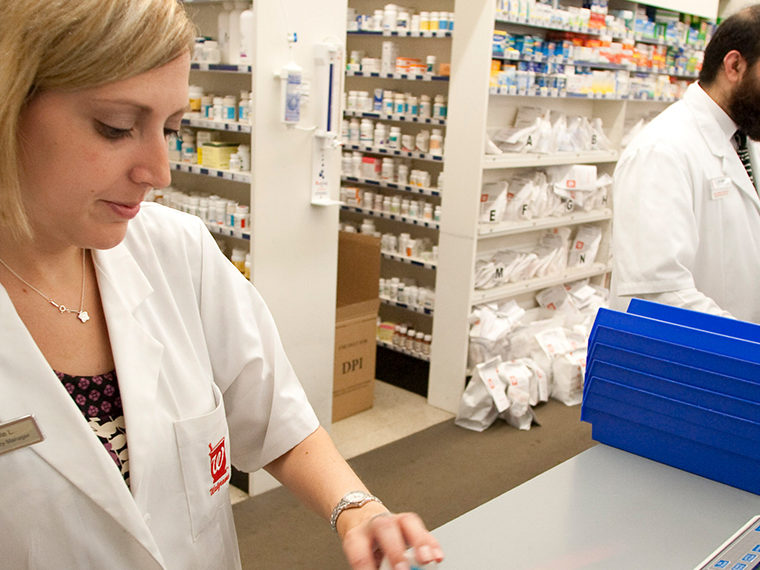U.S. efforts to encourage transparency widely ignored by companies
The U.S. health care system does a fabulous job of attracting private sector capital to drug research: Close to 80% of the nearly $57 billion (some estimates are higher) in 2021 U.S. spending on cancer research came from the private sector (big pharma, biotechs, startups). And spending has grown since.
Cancer is expected to kill more than 600,000 Americans in 2023. The sharing of clinical trial results, which can help researchers work more efficiently and help physicians make better decisions, is an activity that the private sector is less enthusiastic about, UCLA Anderson’s Jennifer Kao and Yale’s Joseph Ross and Jennifer Miller find in a paper published by JAMA Network Open.
Opt In to the Review Monthly Email Update.
A Lack of Sharing Results
The federal government issued a plea 15 years ago for the medical research community to do better at reporting findings. And it’s not voluntary.
In 2007 the Federal Drug Administration passed a new rule that any Stage II or Stage III trials (for all drugs, not just oncological) must report results within one year of a trial’s completion. Fail to comply and a trial sponsor could be staring at a $10,000-a-day penalty. To date, the FDA has sent notices of noncompliance to five clinical trial sponsors, and no financial penalties have been levied.
To assess compliance, Kao, Ross and Miller studied Phase 2 and Phase 3 oncological trials registered at the federal government’s ClinicalTrials.gov website for research completed between 2008 and 2021. They then checked to see one year and three years after a trial was complete, if the results were reported in three platforms: at ClinicalTrials.gov, in a medical journal or shared at an annual meeting of the American Society of Clinical Oncology.
After a series of data scrubs to refine their universe, they had more than 10,000 completed oncological studies to work with.
Competition Cools Reporting?
The researchers found that within one year of a trial ending, 6.8% of trial sponsors had reported the results in a journal/publication, 18% reported findings on ClinicalTrials.gov and 18.3% reported at an ASCO meeting.
Given that not all researchers can be presumed to have equal access to data in paywalled publications, nor the budget or impetus to attend industry gatherings, ClinicalTrials.gov is widely considered the best platform to ensure wide data sharing.
Yet three years after a trial ended, the researchers report that just 40% had posted results at ClinicalTrials.gov. Granted, that was nearly double the percentage who reported at an ASCO annual meeting (22%) and about four times the reporting in publications. (The slow process for peer-reviewed vetting of research by many publications may be a factor in the 10.5% publication-reporting rate after three years.)
All told, three years after completion 1.2% of the studied trials had reported across all three platforms while 56% had reported on at least one platform.
Trials funded by the National Institute of Health were the most likely to report results. Three years after completion, nearly 3 in 4 NIH-funded cancer trials had been reported on at least one of the platforms. That compares to 63% of private industry completed trials, and 50% of trials funded by “other” sources, which includes government institutions beyond the NIH and academia.
Prior research by Kao that looked at a broader universe of clinical trials found that among the minority of completed studies that were even reported (30% at two years) the disclosure rate for studies funded by pharmaceutical companies was about 25% lower on average than the reporting by public-sector trial sponsors. When pharma was battling with a competitor exploring the same drug treatment, disclosure rates were even lower.
The researchers note their findings “echo previous studies on clinical research reporting, suggesting insufficient progress by investigators and peer-reviewers in addressing key barriers, such as prioritizing reporting of all results, including inconclusive findings.”
Featured Faculty
-
Jennifer Kao
Assistant Professor of Strategy
About the Research
Kao, J., Miller, J., & Ross, J. (2023). Transparency of Results Reporting in Cancer Clinical Trials. JAMA Network Open, 6(8), e2328117-e2328117.






